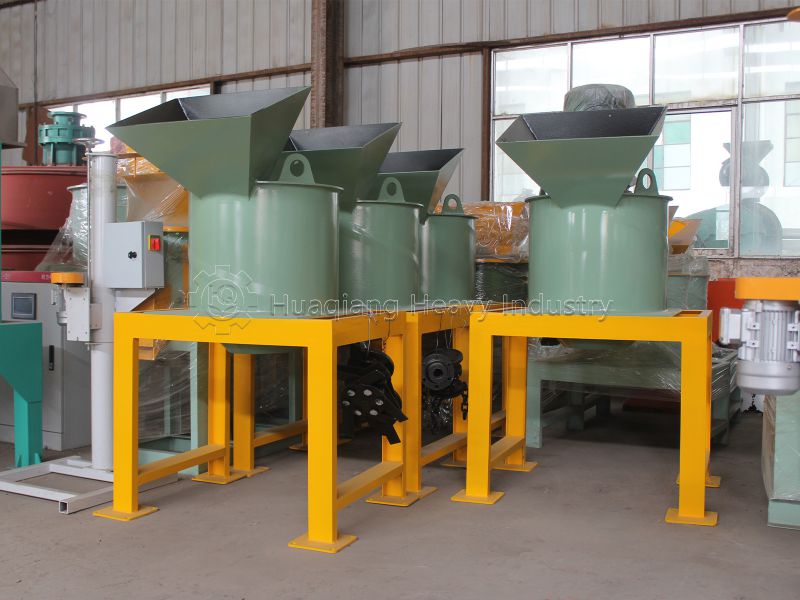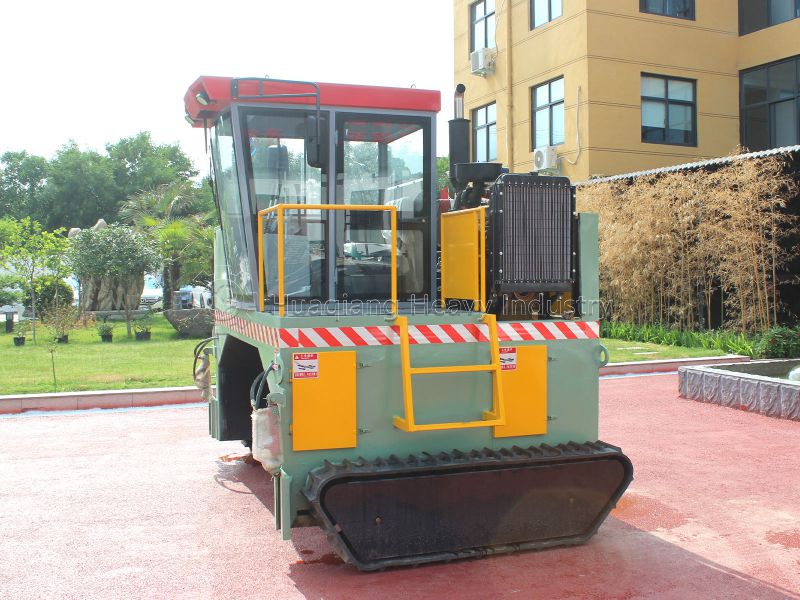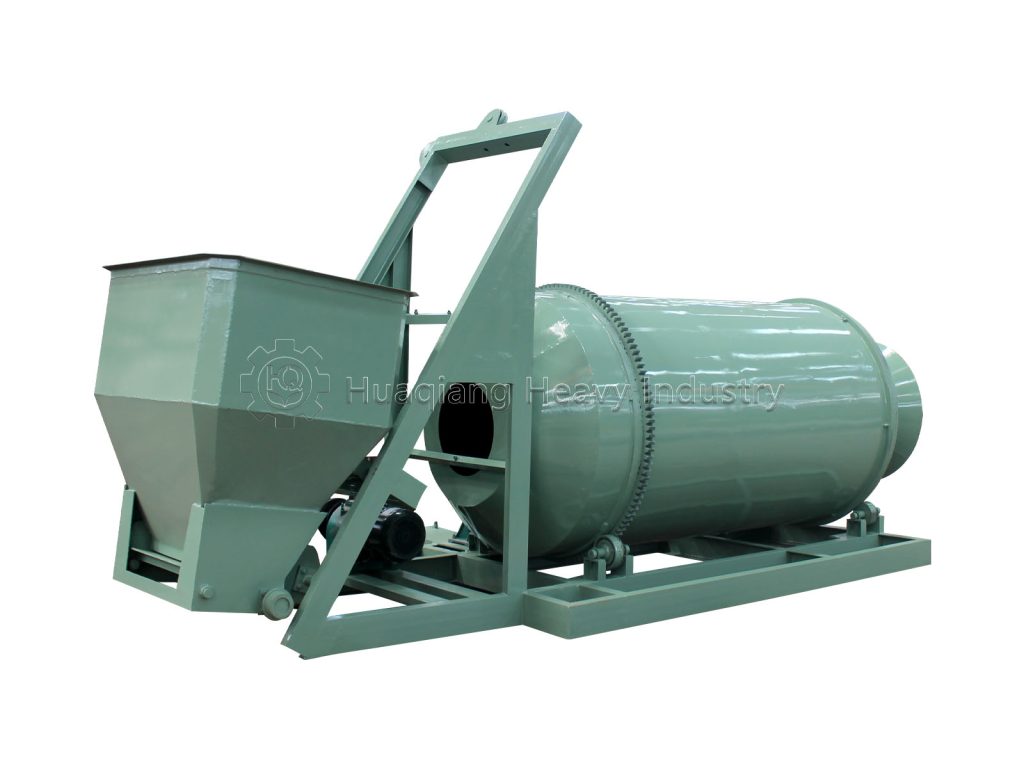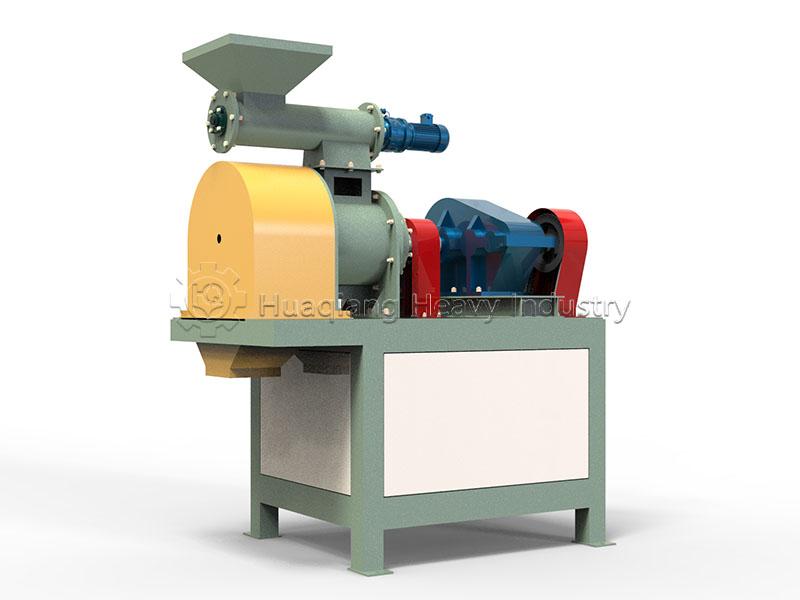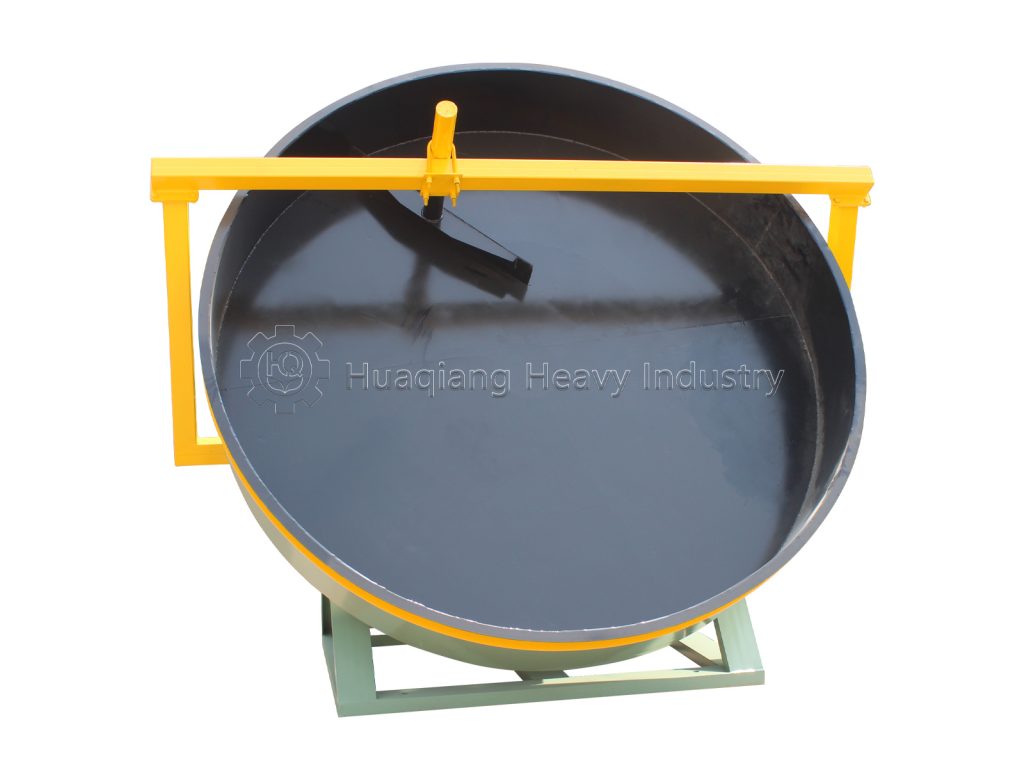For fertilizer companies, the commercial quality of granular fertilizers directly impacts their market competitiveness. Uniform particle size, a full appearance, and stable hardness make products more attractive on shelves and reduce breakage and loss during transportation. The ring die granulator, with its targeted design, is a key piece of equipment for improving the commercial quality of fertilizers.
First, precise control of particle size uniformity is crucial. The ring die of the ring die granulator utilizes a precision drilling process, ensuring that all die holes have a diameter tolerance within ±0.1mm. This results in highly consistent granule diameters after extrusion. Furthermore, the precise matching of the machine’s blade pitch and die speed ensures uniform granule length, fundamentally eliminating the problem of “mixed large and small granules.”

Second, optimization of granule appearance and gloss is crucial. Ring die granulators precisely control the amount of steam added (or ambient temperature binder) to achieve a “wet and sticky” state before extrusion. This results in a smoother pellet surface after extrusion. Some equipment also briefly polishes the pellets, giving them a fuller, glossier appearance and significantly improving market quality.
Finally, the ring die granulator ensures consistent pellet hardness. The ring die granulator’s adjustable roller pressure design allows for adjustments in extrusion force based on fertilizer type. Combined with the appropriate ring die compression ratio, pellet hardness tolerance is controlled within ±10%, meeting transportation requirements while ensuring optimal disintegration during application.

